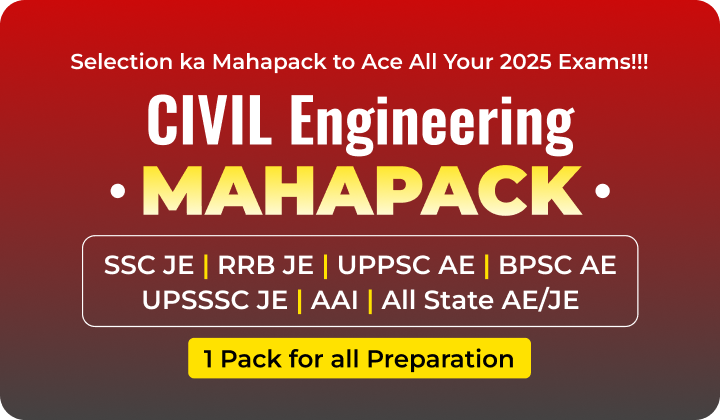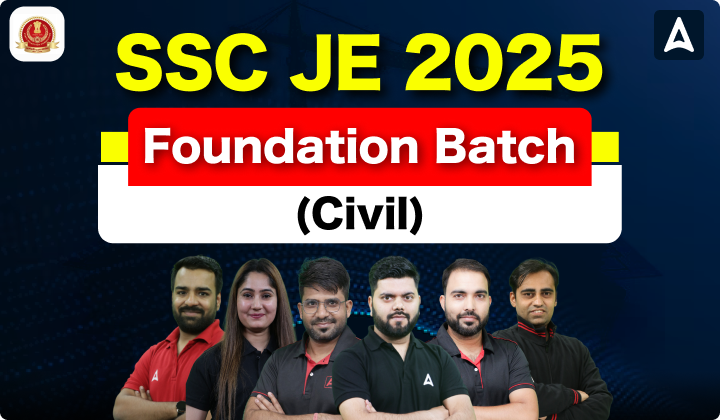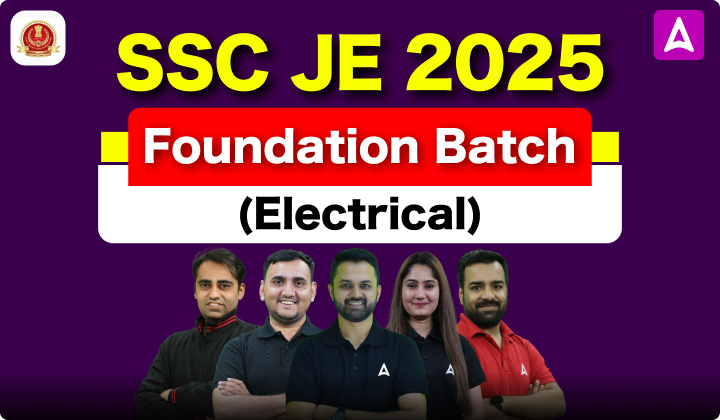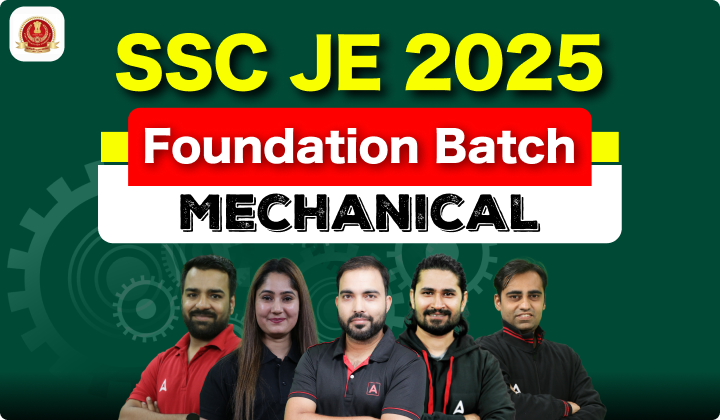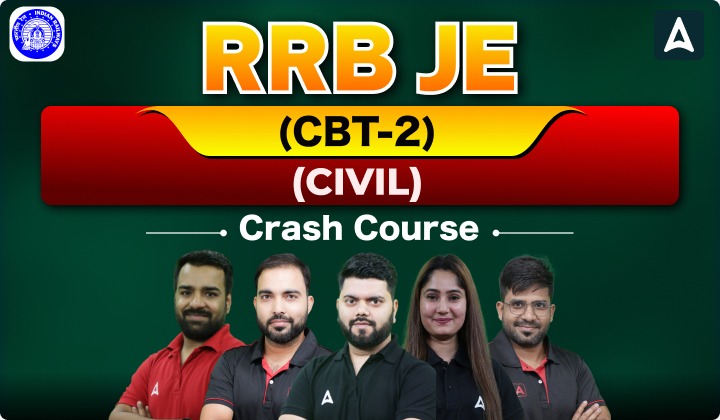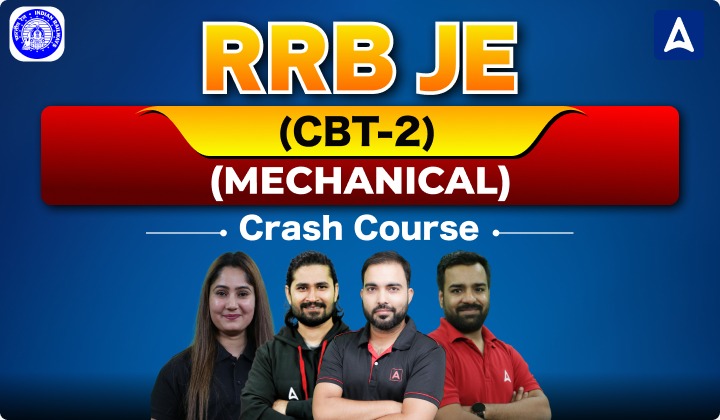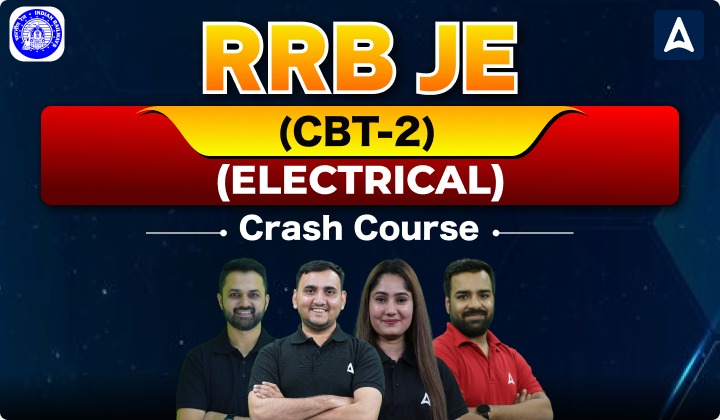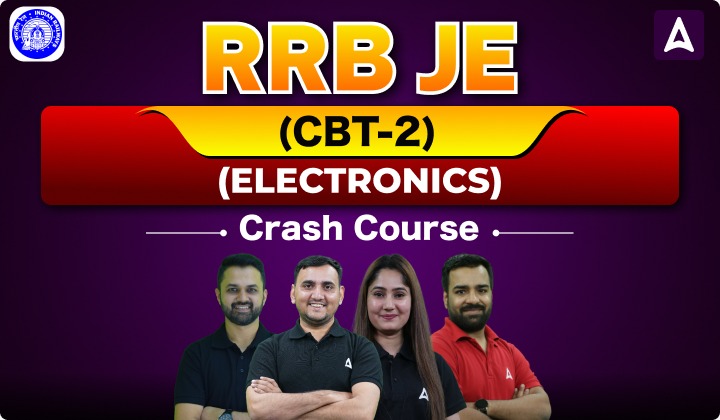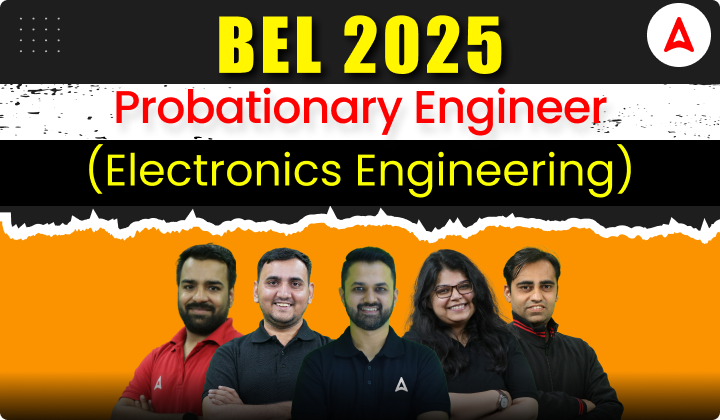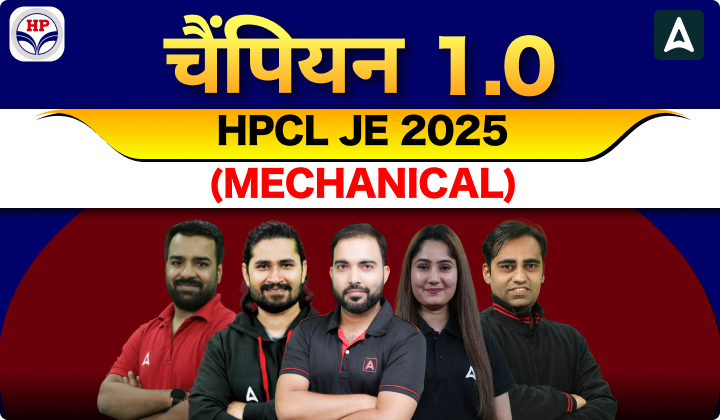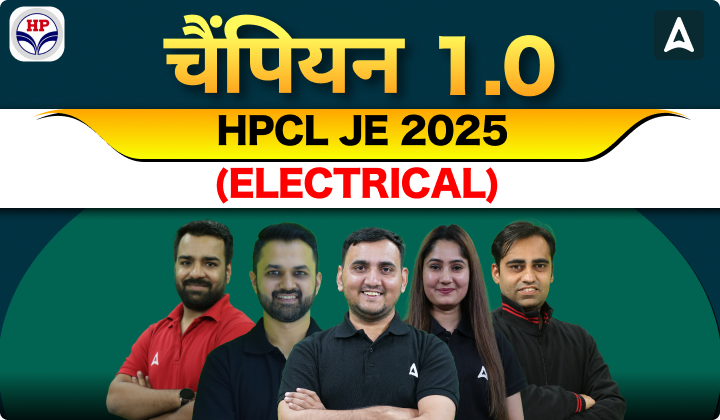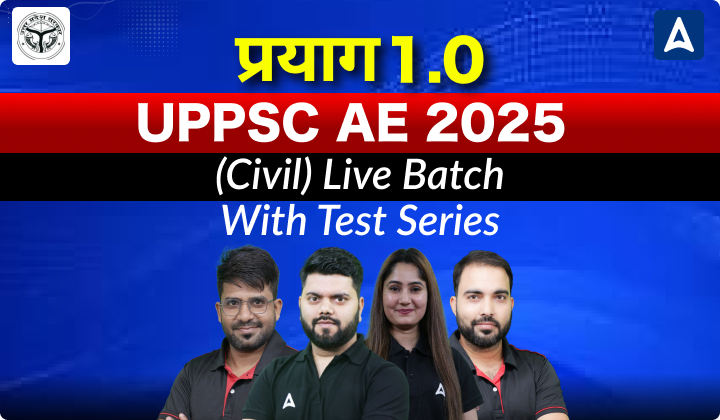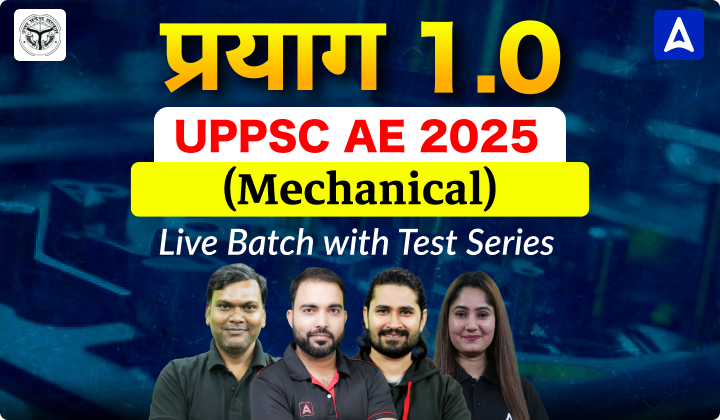Table of Contents
The Airports Authority of India (AAI) is set to start recruitment for 309 Junior Executive (Air Traffic Control) vacancies. As part of the selection process, candidates will be required to appear for a competitive examination. To excel in this exam, it is crucial to understand the AAI JE ATC Maths Syllabus and Exam Pattern 2025 thoroughly. A clear understanding of the syllabus helps in strategic preparation and increases the chances of success. Interested aspirants are encouraged to read this comprehensive article to get detailed insights into the mathematics syllabus, exam structure, and key topics to focus on.
AAI JE ATC Maths Syllabus and Exam Pattern 2025
The Airports Authority of India (AAI) is offering a promising career opportunity, and as a result, the level of competition is expected to be high. Candidates who are determined to secure a position must start their preparation with the right resources. Referring to the AAI JE ATC syllabus and exam pattern is essential for structured and focused study. These tools will help aspirants prepare in a guided manner, avoid confusion, and maximize their chances of scoring well in the exam.
AAI JE ATC Syllabus 2025- Highlights
Candidate interested in the AAI ATC Recruitment 2025 can check the key details from the overview table given below.
| AAI JE ATC Maths Syllabus & Exam Pattern 2025 | |
| Organization | Airports Authority of India |
| Name of Posts | Junior Executive (Air Traffic Control) |
| Number of Posts | 309 |
| AAI JE ATC Maths Syllabus | Available Here |
| Total Questions | 120 |
| Total Marks | 120 |
| Selection Process | Computer-Based Test (CBT), Voice Test, Medical Examination/ / Background Verification (as applicable for the post). |
| Official Website | www.aai.aero |
AAI JE ATC Exam Pattern 2025
The table below outlines the detailed exam pattern for the AAI JE ATC 2025 examination, which candidates can refer to for effective preparation. The exam will consist of a total of 120 questions, carrying 120 marks, meaning each correct answer will be awarded 1 mark. The good news for aspirants is that there will be no negative marking for incorrect answers, allowing them to attempt all questions without penalty. The total duration of the exam is 120 minutes, giving candidates an average of one minute per question.
| AAI ATC Exam Pattern 2025 | ||||
| Part | Name of Subjects | Number of Questions | Marks | Duration |
| Part A | General Intelligence & Reasoning | 15 | 15 | 120 Minutes |
| General Knowledge and General Awareness | 10 | 10 | ||
| English Language & Comprehension | 20 | 20 | ||
| General Aptitude & Numerical Aptitude | 15 | 15 | ||
| Part B | Maths | 30 | 30 | |
| Physics | 30 | 30 | ||
| Total | 120 | 120 | ||
AAI JE ATC Maths Syllabus 2025
The AAI JE ATC Exam also includes a section on Mathematics, which many candidates find intimidating. The vast syllabus and complex numerical problems can pose a significant challenge if not approached strategically. However, with a clear understanding of the AAI JE ATC Maths syllabus, candidates can streamline their preparation by focusing on the most relevant topics. This targeted approach not only reduces stress but also boosts confidence and improves overall performance in the exam. Proper planning and consistent practice are key to mastering the mathematics section effectively.
| AAI JE ATC Maths Syllabus 2025 | |
| Chapters | Topics |
| Binomial Theorem | The Binomial Theorem includes several important subtopics such as the expansion, finding the general and middle terms, and understanding binomial coefficients using combinations and Pascal’s Triangle. |
| Sets, Relation & Function | Types of sets, set operations, Venn diagrams, laws of set algebra, cardinality of sets, and Cartesian product of sets, domain, co-domain and range of relations, types of relations such as reflexive, symmetric, transitive, and equivalence relations, along with their representations, function, types of functions like one-one, onto, and bijective, domain and range of functions, composition of functions, inverse of a function, graphs of simple functions, etc |
| Trigonometric Functions | Positive & Negative Angles, Measuring angles, trigonometric functions, etc |
| Conic Section | Circles, Ellipse, Parabola, hyperbola, point, etc |
| 3D Geometry | Coordinate axes, coordinate planes in 3d, distance between points, section formula, etc |
| Derivatives | Derivatives, slope, tangent, derivative of sum, difference, product, quotient, etc |
| Statistics | Dispersion, mean deviation, variance, standard deviation, etc |
| Algebra | Mathematical Induction, Complex number & Quadratic Equation, Linear equalities, sequence & series, |
| Matrices & Determinants | It also covers the concept of the transpose of a matrix, determinants, and inverse of a matrix. Other important areas include scalar multiplication, the adjoint of a matrix, and solving systems of linear equations using matrix methods such as the inverse method and Cramer’s Rule. |
| Quadratic Equations | The topic of Quadratic Equations includes several important subtopics such as the standard form of a quadratic equation ax2+bx+c=0ax^2 + bx + c = 0ax2+bx+c=0, and methods of solving them, including factorization, completing the square, and the quadratic formula. |
| Straight Lines | The topic of Straight Lines includes key subtopics such as the slope of a line, different forms of the equation of a line like slope-intercept form, point-slope form, two-point form, and intercept form. It also covers concepts like parallel and perpendicular lines, angle between two lines, distance of a point from a line, and conditions for collinearity. |
| Differential Equation | It covers the formation of differential equations from given functions and methods of solving first-order, first-degree differential equations, including variable separable, homogeneous, and linear differential equations. Other key areas include general and particular solutions, and applications of differential equations in modeling real-life situations like growth and decay problems or motion. |
| Integral | The topic of Integral includes key subtopics such as the definition of integration as the reverse process of differentiation, and indefinite integrals with basic formulas and rules. It covers methods of integration like substitution, integration by parts, and partial fractions. The topic also includes definite integrals, their properties, and evaluation using limits. |
| Maxima & Minima | The topic of Maxima and Minima includes important subtopics such as the first and second derivative tests to find local maxima and minima of a function. It involves identifying critical points, analyzing the increasing and decreasing nature of functions, and using second-order derivatives to confirm whether a point is a maximum, minimum, or a point of inflection. |
| Differentiation | The topic of Differentiation includes key subtopics such as the definition of derivative, first principles of differentiation, and basic rules like the product rule, quotient rule, and chain rule. It covers the derivatives of algebraic, trigonometric, exponential, and logarithmic functions, along with implicit differentiation and logarithmic differentiation. |
| Limits & Continuity | The topic of Limits and Continuity includes essential subtopics such as the concept of a limit, techniques to evaluate limits using algebraic manipulation, factorization, rationalization, and L’Hôpital’s Rule for indeterminate forms. It also covers one-sided limits, infinite limits, and limits at infinity. For continuity, the focus is on understanding the definition of continuity at a point and over an interval, along with checking continuity using left-hand and right-hand limits. |
| Probability & Permutation | The topic of Probability and Permutation includes key subtopics from both combinatorics and probability theory. Permutation focuses on the fundamental principle of counting, factorial notation, and formulas for arranging objects where order matters, including cases with repetition and circular permutations. |
| Related Articles | |
| AAI Recruitment 2025 | AAI ATC Salary |
| AAI ATC Previous Year Question Papers | AAI ATC Cut-Off 2025 |
| AAI ATC Preparation Strategy 2025 | AAI ATC Syllabus 2025 |

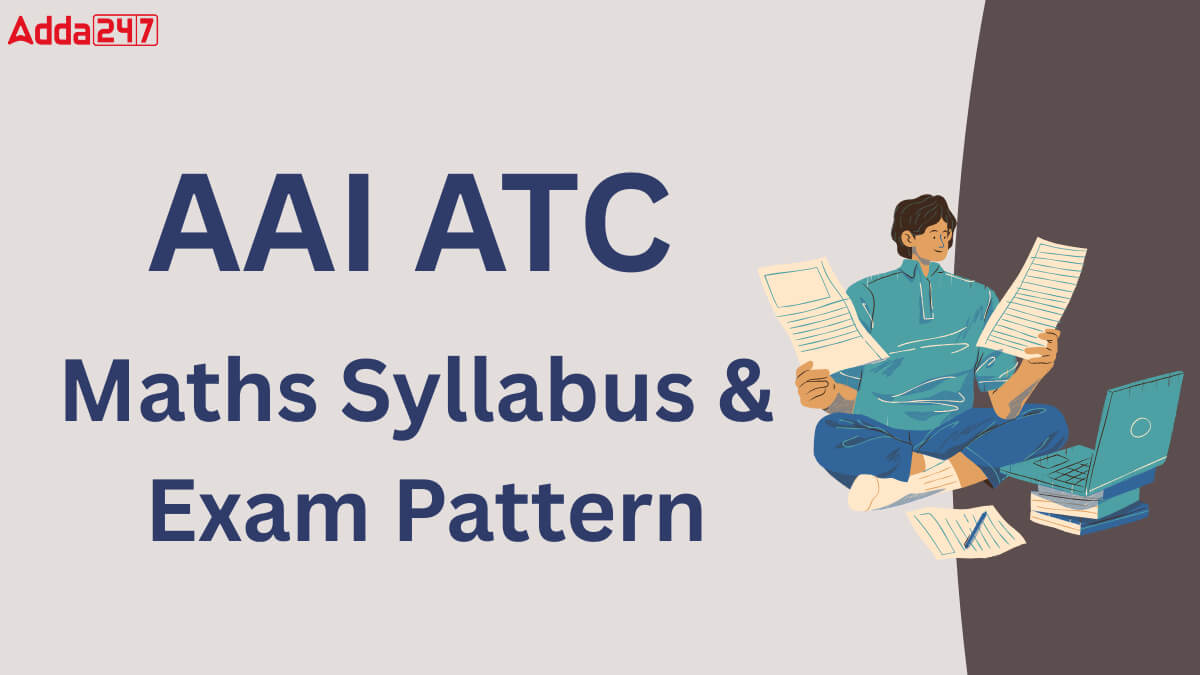


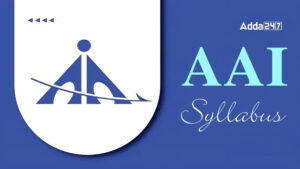 AAI ATC Syllabus & Exam Pattern 2025...
AAI ATC Syllabus & Exam Pattern 2025...
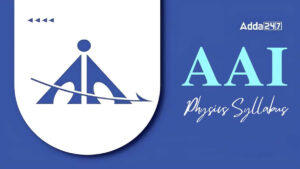 AAI JE ATC Physics Syllabus & Exam P...
AAI JE ATC Physics Syllabus & Exam P...
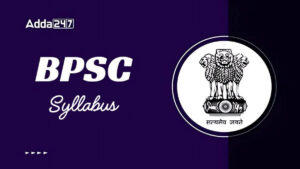 BPSC Assistant Engineer Syllabus & E...
BPSC Assistant Engineer Syllabus & E...

